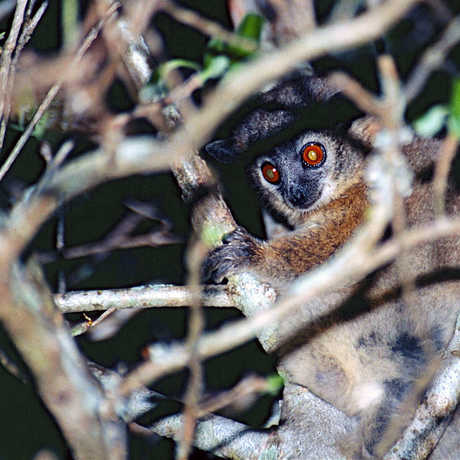Scientific Expeditions
Madagascar
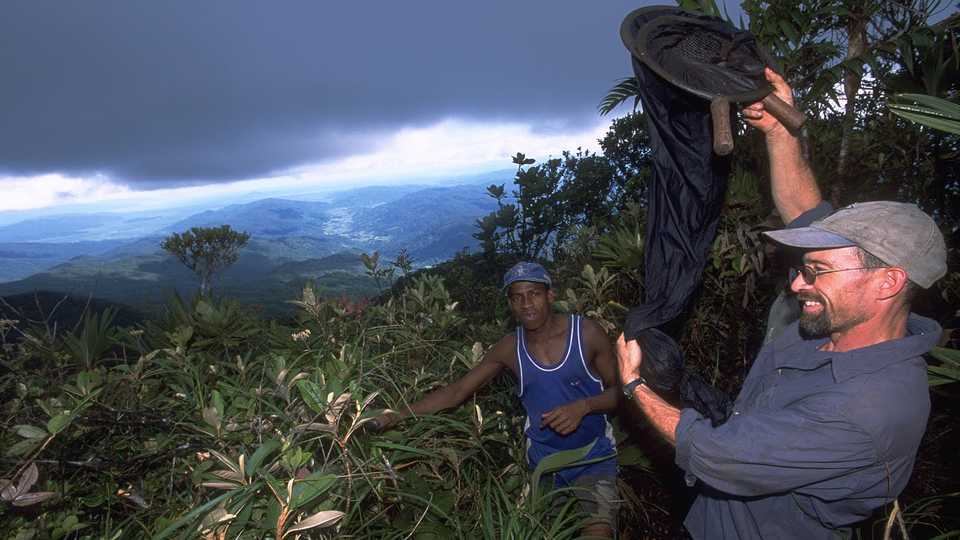
For more than two decades, Academy entomologist Dr. Brian Fisher has led research expeditions to this island nation off the east coast of Africa, identifying more than a thousand new species of ants while partnering with 180 research and conservation collaborators around the world. In 2012, Dr. Fisher turned his focus toward the ant populations of the Kasijy, one of the last pristine forests remaining in Madagascar.
The Team
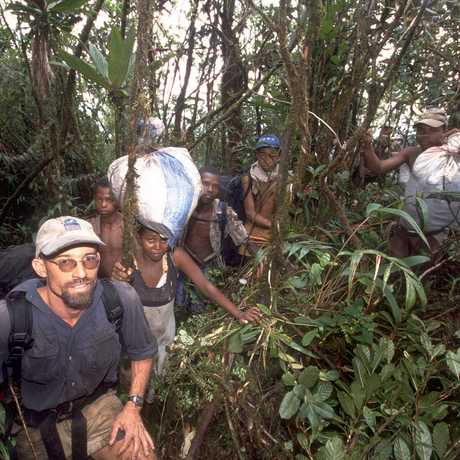
The National Science Foundation and McBean Family Foundation provided funding for Academy entomologists Brian Fisher and Charles Griswold’s four-year survey of the dry forests of Madagascar. Their teams included scientists from Madagascar's Tsimbazaza Botanical and Zoological Park (PBZT) and Malagasy students, whom they mentored in species collection and identification techniques. This mentorship was in collaboration with Parc Tsimbazaza, a garden and museum that stores duplicate specimens once identified.
Academy entomologists involved in past Madagascar expeditions include David H. Kavanaugh, a specialist on carabid ground beetles; Dr. Norman D. Penny, a specialist on lacewings, ant-lions, and planthoppers; and curatorial assistants Jere Schweikert and Darrell Ubick. Academy research in Madagascar is not limited to arthropods, however; aquatic researchers Gary Williams, Bob Van Syoc, and Terry Gosliner have conducted marine surveys in the waters surrounding the island and discovered many new species in the process. Additionally, botanists Tom Daniels and Frank Almeda have studied the endemic plants that grow in Madagascar’s forests.
Documenting Biodiversity
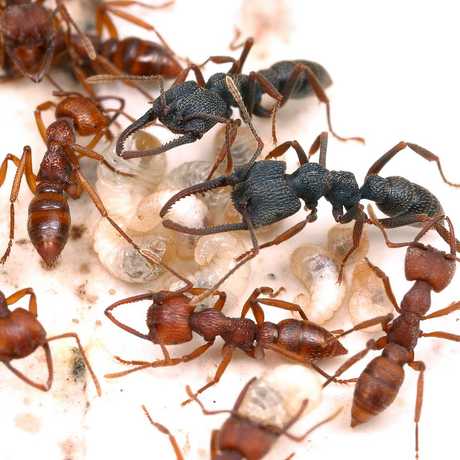
Because it has been isolated from other land masses for more than 160 million years, Madagascar contains an extremely high number of endemic species—plants and animals that can't be found anywhere else on Earth. Nearly 13,000 species of plants and vertebrate animals are found exclusively on Madagascar, including more than 90 percent of the island's reptiles, amphibians, and mammals.
Tragically, less than 10 percent of Madagascar's original habitat is still pristine, and a number of its unique species are at risk. Forty-five animals that recently inhabited the island are now extinct, and nearly 200 others are threatened or endangered. Madagascar's government has recently demonstrated a strong commitment to preserving the country's remaining biodiversity, and Academy scientists are working to provide government officials with the necessary data to make smart conservation decisions.
Research
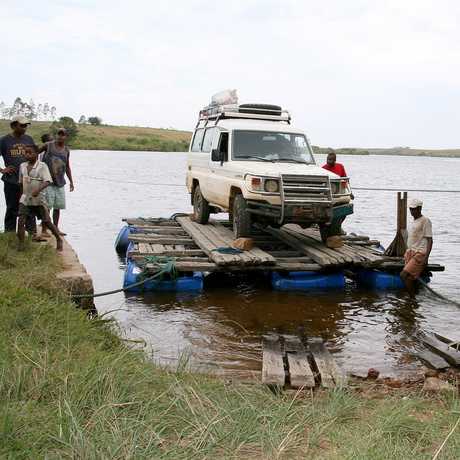
Madagascar’s immense biodiversity has allowed Academy scientists to conduct a vast array of research. Brian Fisher and Charles Griswold’s work aims to identify and catalog a piece of that diversity: the insect species that exist on the island. “Our work on Madagascar is one of the largest insect inventory projects ever undertaken,” says Fisher. “We've set traps and collected one million specimens at 200 sites across the island.” (Among Fisher’s discoveries is the Dracula ant, which may be the missing link in understanding how ants evolved from wasps.) Their work has provided valuable data to the Malagasy government and helped scientists pinpoint conservation priorities on the island.
Another on-going project is botanist Frank Almeda’s work with the island’s flora, which focuses on drug discovery and biodiversity conservation. Almeda’s team of colleagues, chemists, and anthropologists work with local healers and villagers to not only identify medicinal plants, but also to promote their sustainable use and conservation.
Madagascar Biodiversity Center
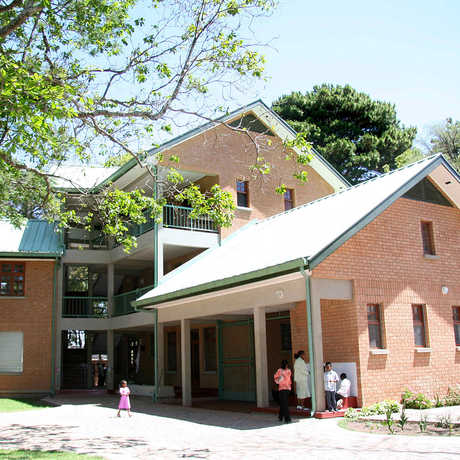
In November 2006, the California Academy of Sciences officially inaugurated its new Madagascar Biodiversity Center in the country's capital city of Antananarivo. A product of the passion and dedication of Academy scientists Brian Fisher, Frank Almeda, and others, this new research facility was built on land donated by the Malagasy government and is located next to the Malagasy Academy of Sciences and the zoo. Its primary focus is to provide a venue to study Madagascar's vanishing plant and invertebrate fauna and to provide training that empowers local biologists. The center also houses the National Entomology Collection, a key piece of the island's biological puzzle.
Academy entomologists study flies, beetles, ants, butterflies, moths, spiders, scorpions, and more. Meet the curators and researchers, explore projects and expeditions, and search their collections.
Learn more about renowned ant expert Dr. Brian Fisher in his Science Heroes profile.

